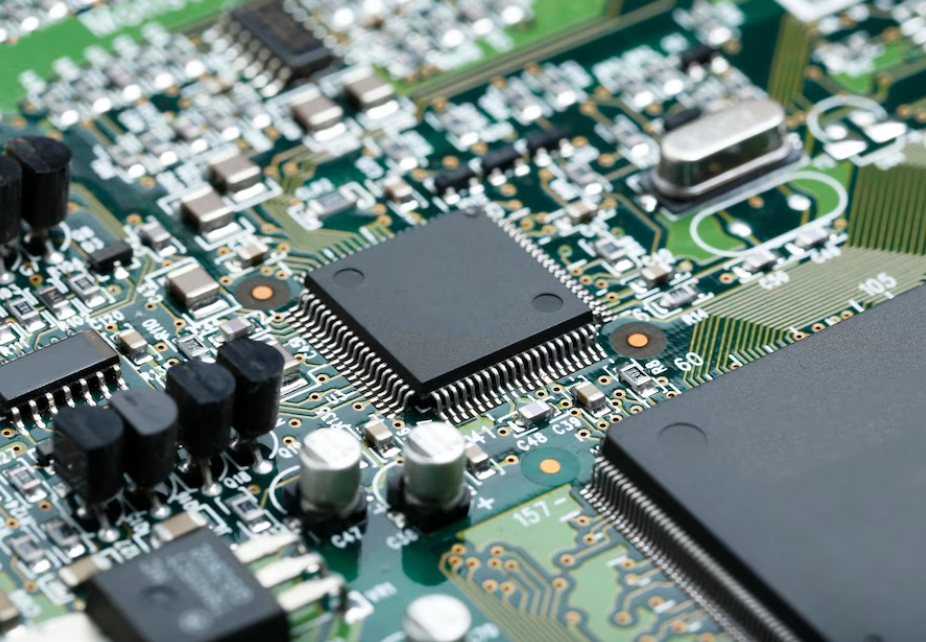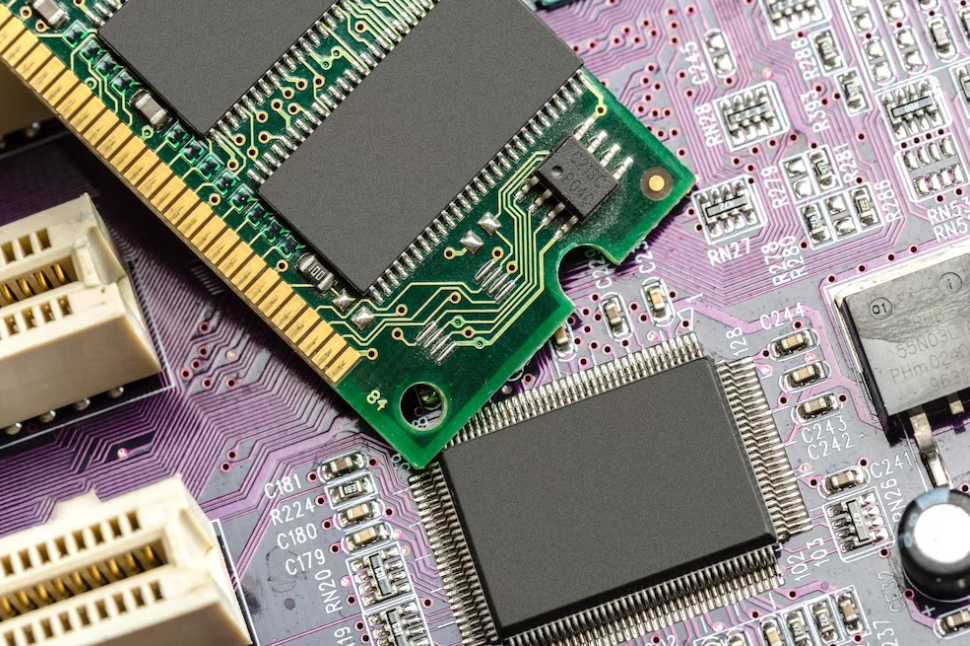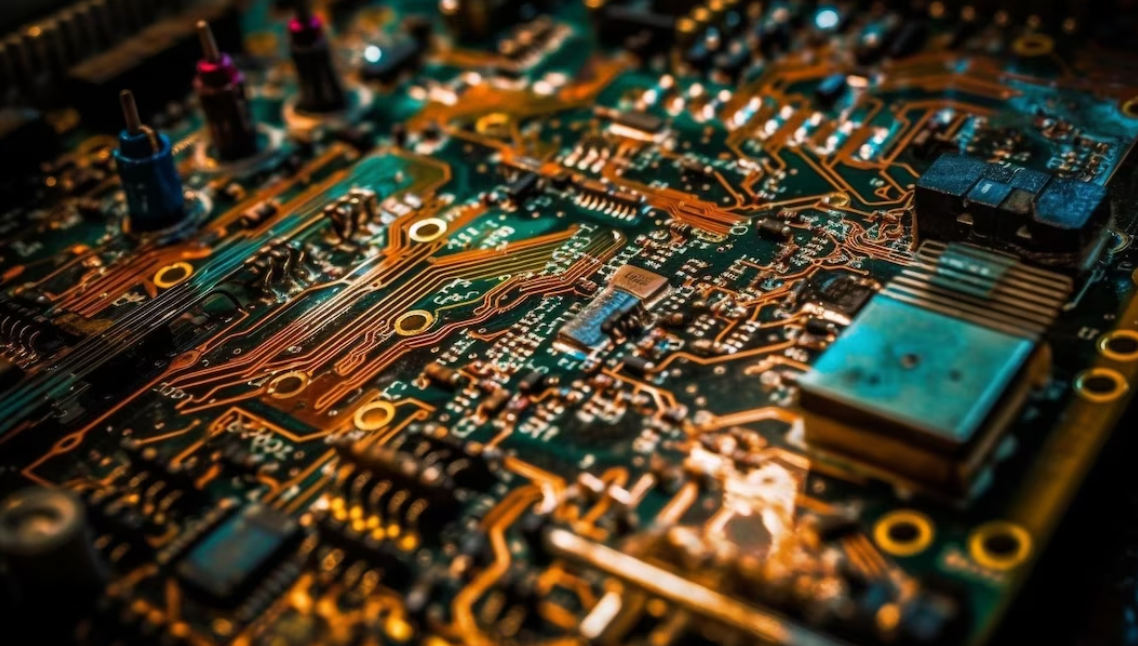Windows 7 Motherboard: A Tutorial on Checking the Model
Occasionally, the need arises to identify the mainboard residing within your computer setup. While the solution might initially appear to involve simply exposing the casing, with each mainboard usually displaying its specific model name and number, reality often proves less straightforward. Otherwise, the need to seek information online wouldn’t arise. Thus, this article aims to uncover the approach to ascertaining your mainboard model on Windows 10, 8, and 7 systems, sidestepping the requirement for case dismantling or dependence on external software tools.
1. Check the Motherboard model via Command Prompt
A highly productive technique for unveiling your mainboard model involves utilizing Command Prompt (CMD), an inherent Windows application designed for executing operations through command inputs. By entering precise commands, you can extract the motherboard model information from your laptop or desktop system. Here’s a detailed step-by-step guide:
- Step 1: Initiate the Run dialog by pressing the Windows key + R shortcut. Type “cmd” and press Enter;
- Step 2: Within the Command Prompt window, type “wmic baseboard get product, manufacturer” and hit Enter. This action will unveil your motherboard’s model details on the display. As illustrated below, the model is identified as “Gigabyte B360-D3H.”
Additionally, typing “systeminfo” and pressing Enter furnishes you with comprehensive computer information, encompassing the mainboard model name as well.

2. Check the Motherboard Model by System Information
Utilize the native Windows tool called System Information to retrieve comprehensive system details, including the mainboard model. Here’s how to proceed:
- Step 1: Launch the Run window by pressing Windows Key + R. Type “msinfo32” and hit Enter;
- Step 2: The System Information window will appear, showcasing a comprehensive array of system data, including the motherboard model embedded within your PC.
3. Check the Motherboard Model by DirectX
Harness the capabilities of DirectX, a Windows 10 tool that serves as a comprehensive information source for installed components and drivers across Windows 7, 8, and 10 platforms. It offers a straightforward path to discern your motherboard model.
| Step | Instructions |
|---|---|
| 1 | Press Windows Key + R to open the Run dialog. Input “dxdiag” and press Enter. |
| 2 | In the DirectX Diagnostic Tool window, you’ll find a comprehensive compilation of computer details, including the sought-after motherboard model information. |
4. Check the Motherboard Model by Boot Menu
Functioning as a portal for initiating alternative operating systems or applications, the Boot Menu presents an opportunity to unveil crucial computer specifics, such as the mainboard model. Activated during the system’s boot-up stage, you can access the Boot Menu by pressing designated keyboard keys like Esc, F2, F10, or F12, based on your system’s manufacturer or motherboard. Upon reaching the System tab within the Boot Menu, you’ll gain access to the coveted information regarding your PC’s mainboard model.

Tips for Choosing a Motherboard Model
When delving into the task of ascertaining your motherboard model, you might come across situations where the acquired data presents terms like “system product name” or “to be filled by o.e.m.” These outcomes often indicate that you have obtained the mainboard directly from the manufacturer and subsequently conducted an individual assembly. In these specific scenarios, the recourse to ensure precise identification of your mainboard model may involve downloading a third-party tool or opting for the approach of unveiling your computer’s internal components by opening the casing. These steps become instrumental in effectively verifying and confirming your mainboard model details.
Conclusion
In summary, this article has provided comprehensive insights into identifying your motherboard model on Windows 7. Whether through Command Prompt, System Information, DirectX, or the Boot Menu, you now possess a range of approaches to effortlessly access this essential information. By following these steps, you can enhance your computer knowledge and troubleshoot more effectively when needed.


